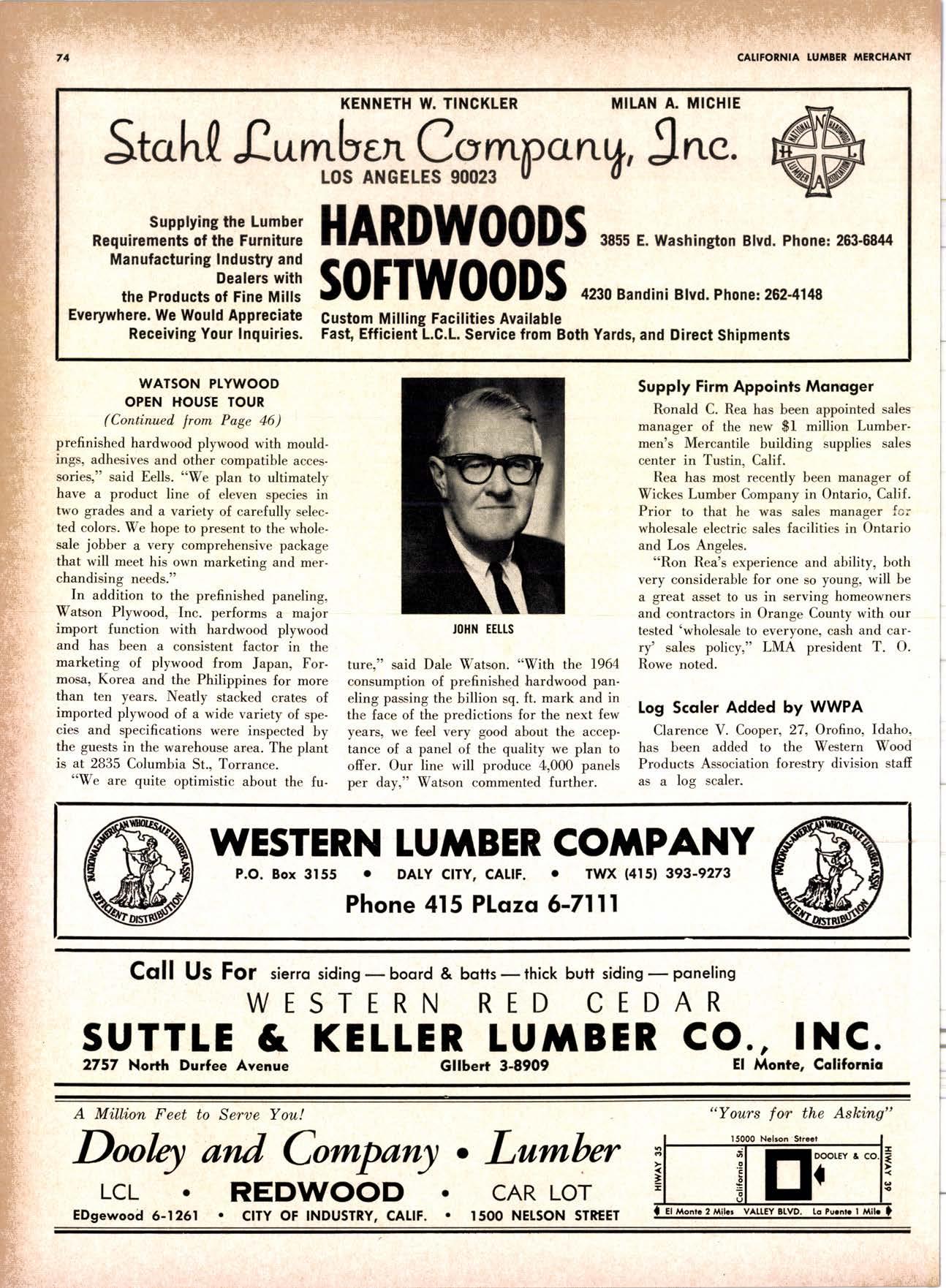
2 minute read
Super Skunk Slowly Steams Sightseers Seeking Scenic Sights
V/HILE THE REST oI the rvorld is vv thinking of 150 m.p.h. rapid transit, the V-illits region welcomed back the steam locomotile Jul1, 10.
A huffing. puffing. bell-clanging iron horse made its comeback on a passenger line operated by California V'estern Railroad betneen Willits and Ft. Bragg in the off when they replaced the more costly steam passenger train wav hack in 1925. The Skunks carried 77,000 passengers last year.
Even though it started out as a sideline of Union Lumber Co., the parent firm of California Western, the Skunk's passenger business grew to such an extent that it redwood ('ountry 170 miles north o{ San Francisr'o.
A San Francisco industrial designer developed the color scheme for the reconditioned train: a rich rcd, gold and black. It is intended to "create an aura of 19th century elegance," the designer explained.
California Western's predecessor, Ft. Bragg Railroad, began operations in 1886 with a wood-burning locomotive brought in by ship. It pushed its line through to Willits in 1911.
The railroad's prime mission was and still is hauling products from Union Lumber's big mill at Ft. Bragg to Willits, where connections are madc with a Southern Pacific subsidiary. Since 1949, when steanr train were discontinuecl, diescls have pulled the lumlrer loads.
This frt:ight is hauletl exclusively at night. leaving the right of way clear for two round trips a day on the diesel Skunks originating at the Willits end and another diesel round trip daily {rom Ft. Bragg. The steam train will also originate its round trip from Ft. Bragg.
The steam train will operate dailrthrough Labor Day. The diesel Skunks will cut back to one round trip a day Sept. 16. Passengers can go one way by steam and return on a Skunk. The fare is $3.,15 round trip, children 5 to 11, half fare and children under 5o free.
Passenger operations on the California Western Railroad are on a casual ba-.is. The conductor delivers mail, groceries and messa€ies to nine families living year around along the route and to numerous summer residents and camps.
The serlice i," the only rt'gularly scheduI'd starrrlard gauge pass('nger steam trairr in the state and one of the few in the nation.
It is made possible by the fasr,ination of vacationt'rs in riding a crooked railroad that takes two hours to go nowhere-liut travels throrrgh interesting scenery.
Technicallr. the ,10"mile line connects Willits and Ft. Bragg. But it's the trip through the wooded Mendocino Mountains that is the chief attraction.
In recent vears California W'estern found its one-car diesel Skunk trains becomins so popular that passengers frequently w"re turned auav during the summer.
The three Skunks were so named because of the fumes these "railbuses" gave mcrited further expansion.
Tht. railroad then decidt:d to add a stearn train, call it the Super Skunk antl borrow a little showmanship frorn Walt Disney.
Conductors on the diesel Skunks wore no uniforms until this year. )Jow they are resplendent in snappy outfits that include red vests and strins ties.
The steam locomotive. tender and four old passenger cars also havc been glamorized.
A 1924 Baldwin ensine. obtained {rom sn {)regon lumbering hrm which used it for logging and switching, was overhauled in California S'estern Ft. Bragg shops.
Four coaches built in 1926 were purchased in Pennsylvania from the Erie & Lackawanna Railroad. They are 72 leet long--short enough to negotiate the manv twists on the Skunk run.
"I know t,verybody along the line," explains John Galiani, 65, who has been engineer on one of the Skunk trains for 29 years.
The route is a neck-snapper. It has so many curves that the longest straightawav is but three-quarters of a mile.
One stretch has Br/2 miles of hairpin turns but it advances you only a mile and a half. There are lll3 trestles. two tunnels and a climb from sea level to I.7,X0 feet at the divide of the Mendocino Mountains.
Although the trip is a jolting one, the scenerv makes uo for it.
Our thanks to Daryl E. Lernbke lor permission to reprint aboue his fne story that originally appeared, luly 9, 1965 in The Los Angeles











